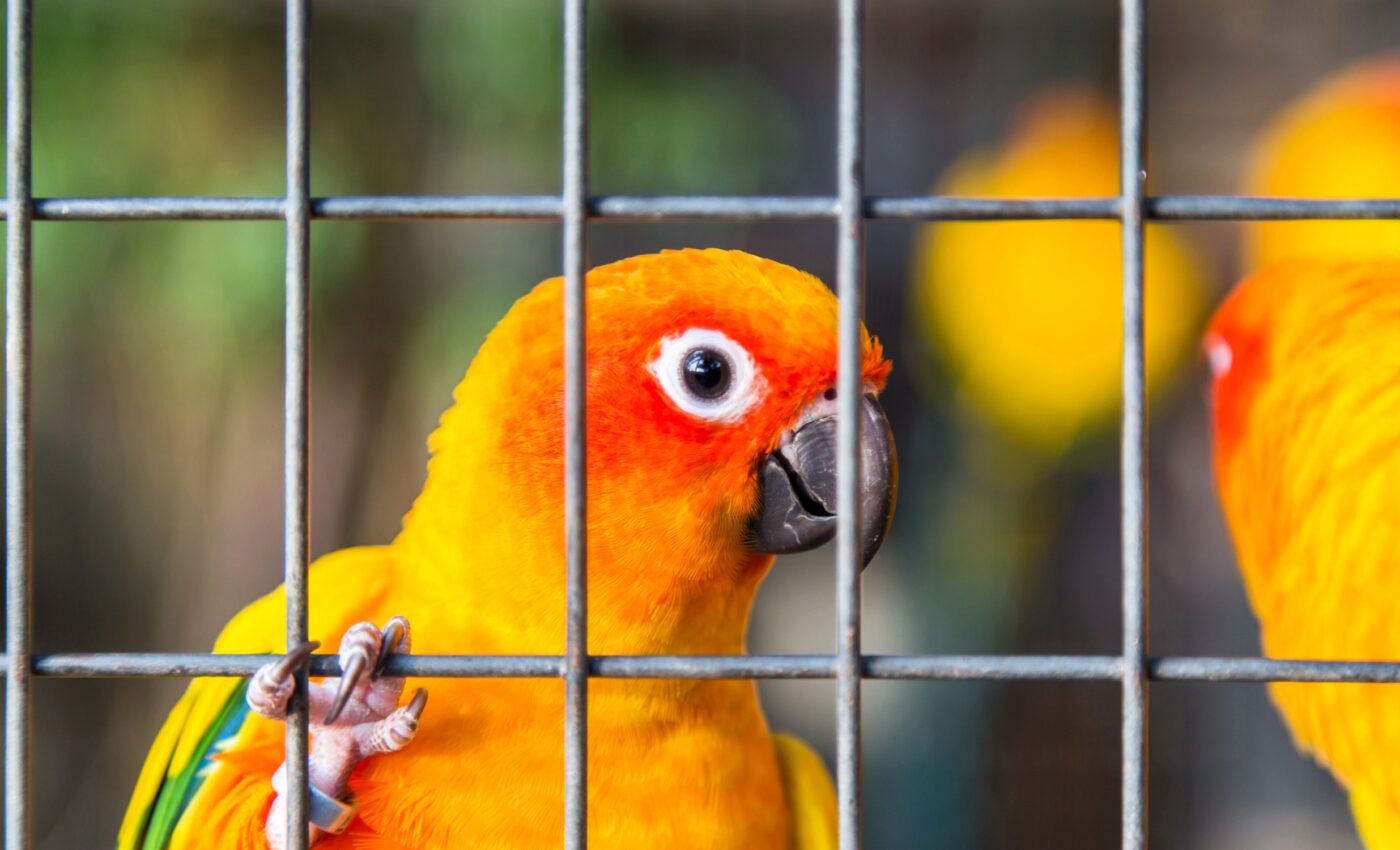
Saving parrots in the illegal wildlife trade with DNA technology
Parrots, renowned for their vibrant colors and remarkable imitative abilities, are increasingly targeted by illegal wildlife trade operations. A forensic project led by scientists at The Australian National University (ANU) aims to bring perpetrators to justice, protect parrots, and safeguard global health.
DNA toolkit to track illegal parrot trade
Dr. George Olah, chief investigator at the ANU Fenner School of Environment and Society, is leading the development of a comprehensive DNA database designed to revolutionize parrot conservation efforts.
This database, drawing inspiration from INTERPOL’s I-Familia (which utilizes kinship matching to identify missing persons), will provide authorities with the scientific tools necessary to dismantle illegal trafficking networks.
“This research project is like CSI, but for parrots,” said Dr Olah. “For traded wildlife, we don’t yet have a widely used DNA database like the one INTERPOL is using, for instance, to identify missing persons through international police cooperation. Once we have it, we can analyse the trade network, showing which birds are coming from which islands.”
Identifying illegal parrot trade
The innovative process involves:
Sample collection
Scientists will focus on parrot species classified as threatened or endangered, such as the iconic Yellow-crested Cockatoo or the vibrantly colored Sumba Eclectus.
To minimize harm to the birds, researchers will collect either a single feather or a minuscule amount of blood (typically from a nestling). This contains the necessary biological material for DNA analysis.
DNA analysis
Cutting-edge nanopore technology enables rapid and cost-effective DNA sequencing. This technology works by passing individual DNA strands through tiny pores and detecting changes in electrical current, allowing scientists to determine the precise sequence of the bird’s genetic code.
The sequencing process generates a unique genetic profile for each parrot, acting like a biological fingerprint that differentiates it from other individuals in its species.
Database development
Law enforcement agencies around the world can access these unique DNA profiles stored in a secure, centralized database.
When law enforcement intercepts suspected trafficked parrots, samples can be collected and analyzed in the same way. Investigators can potentially pinpoint where the seized birds were taken from in the wild by comparing their DNA against the database.
The database becomes a powerful reference tool, providing essential clues to help track criminal networks and identify smuggling hotspots involved in the illegal wildlife trade.
DNA forensics to track illegal trading of parrots
This toolkit offers a two-pronged approach to parrot conservation:
Combating illegal parrot trade
Currently, limited information is available when parrots are confiscated from illegal traders. Using DNA analysis, law enforcement can match the seized birds with the database, tracing them back to their original geographic area.
This traceability creates a ‘breadcrumb trail,’ offering valuable insight into the routes used by smugglers and potentially revealing established trafficking networks.
As this knowledge base grows, authorities can implement targeted interventions, disrupting supply chains and leading to the identification and arrest of the individuals involved in poaching and trafficking activities.
Facilitating reintroduction
Confiscated parrots from illegal trade often cannot be readily returned to the wild, as their exact origins are unknown. This creates issues if they are the wrong subspecies for the intended release area, potentially harming local populations.
DNA analysis solves this problem. Wildlife officials can pinpoint the origin of confiscated parrots to ensure their release. They can return them to their true homes – the correct habitats.
The reintroductions are critical for boosting wild populations, particularly of threatened or endangered species. The technology enables not just successful rescues, but supports long-term conservation efforts and the restoration of natural ecosystems.
Protecting parrots, protecting public health
The illegal wildlife trade poses a significant threat to biodiversity and global public health. Wildlife trafficking is a primary vector for the spread of zoonotic diseases, those capable of transmitting from animals to humans (as evidenced by the COVID-19 pandemic).
“So if we know more about the illegal wildlife market, we can safeguard not only the wildlife but humans too,” explained Dr Olah.
While initially focusing on Indonesia, a hotspot for illegal parrot trade, this project holds the potential for global expansion. The team envisions collaborations with law enforcement agencies worldwide.
How you can get involved
In the fight against illegal wildlife trafficking, knowledge truly is power. Here’s how to start arming yourself with the information you need:
Educate yourself and others
Actively seek information about the illegal parrot trade from reputable sources like scientific journals, conservation organization websites, and documentaries. Understanding the scope of the problem is the first step towards effective action.
The illegal parrot trade is just one part of the larger illegal wildlife trafficking industry. Learn about the broader trade in endangered species, its drivers, and its far-reaching consequences for ecosystems and biodiversity.
Share your knowledge with your friends, family, and online communities. Raising awareness sparks conversations and creates a ripple effect, inspiring others to take action.
Support conservation organizations
Thoroughly research different conservation organizations dedicated to protecting parrots and fighting wildlife trafficking. Examine their mission statements, track record, and financial transparency to ensure they align with your values and priorities.
Financial contributions can make a huge difference for conservation efforts on the ground. Choose organizations that use donations effectively and can demonstrate the impact of their work.
Many organizations welcome other forms of support. Volunteer your time and skills, participate in their campaigns, and spread the word about their work through your social networks.
This DNA-based conservation initiative represents a significant turning point in the fight to protect parrots and maintain a healthy, balanced world.
—–
Like what you read? Subscribe to our newsletter for engaging articles, exclusive content, and the latest updates.
Check us out on EarthSnap, a free app brought to you by Eric Ralls and Earth.com.
—–













